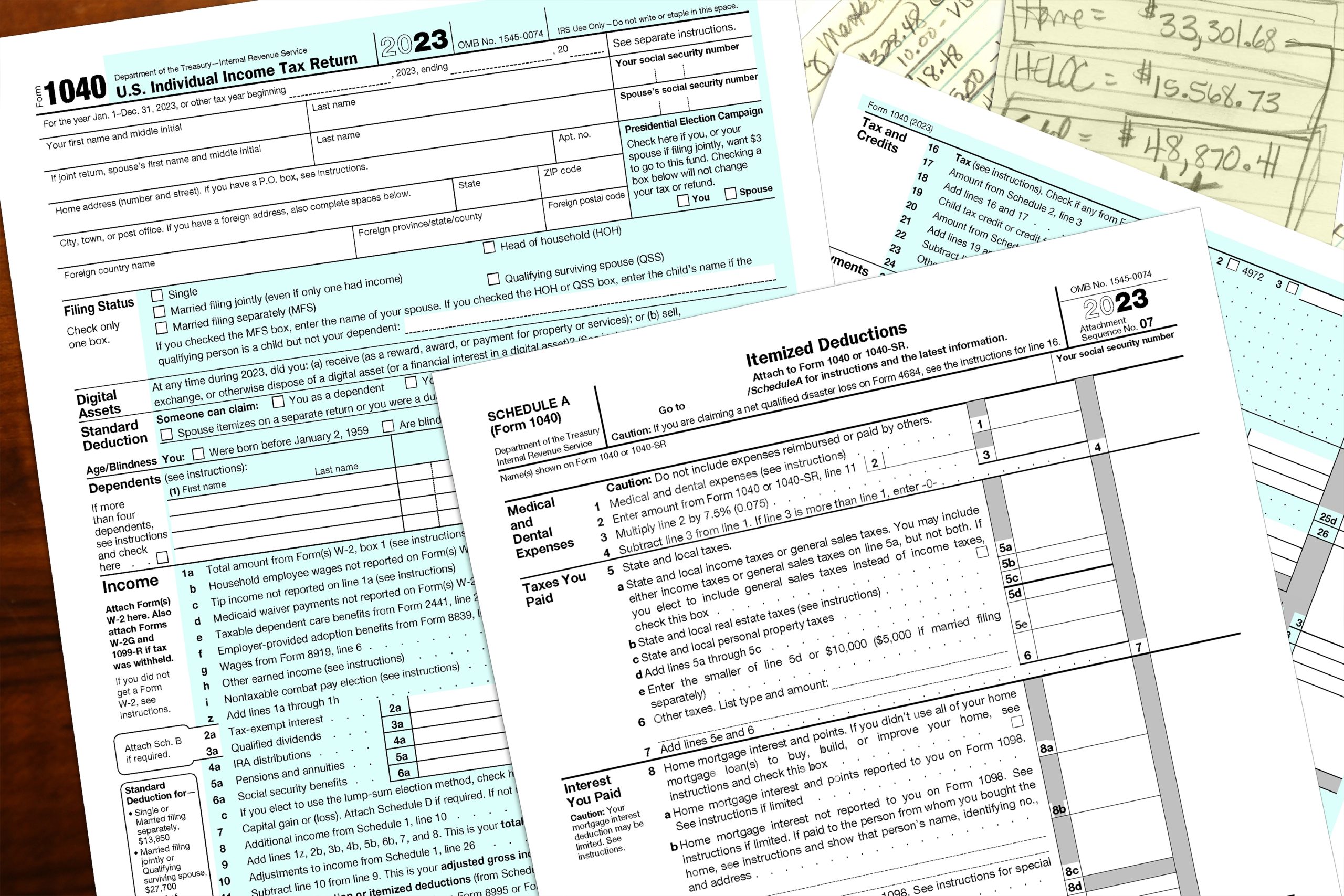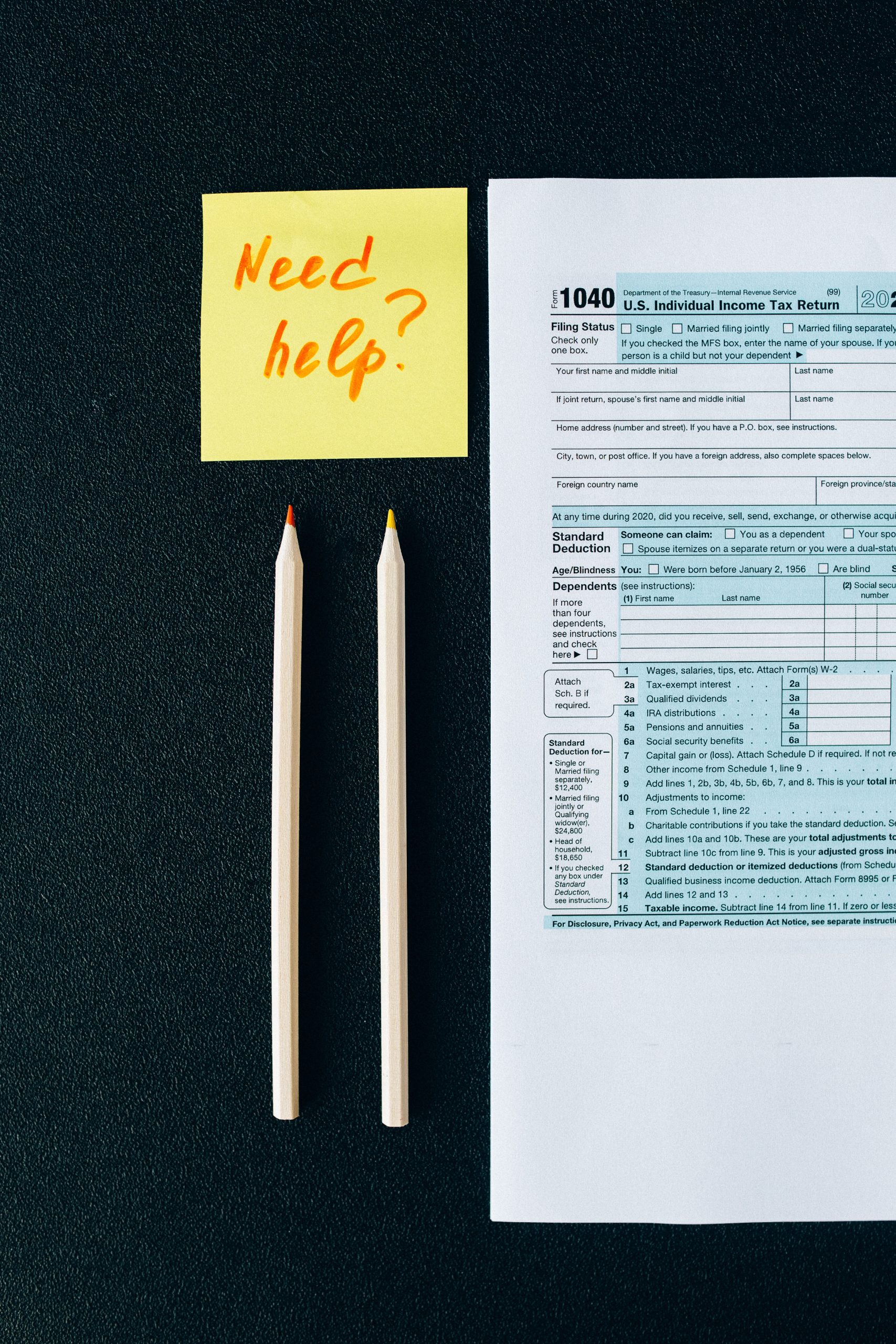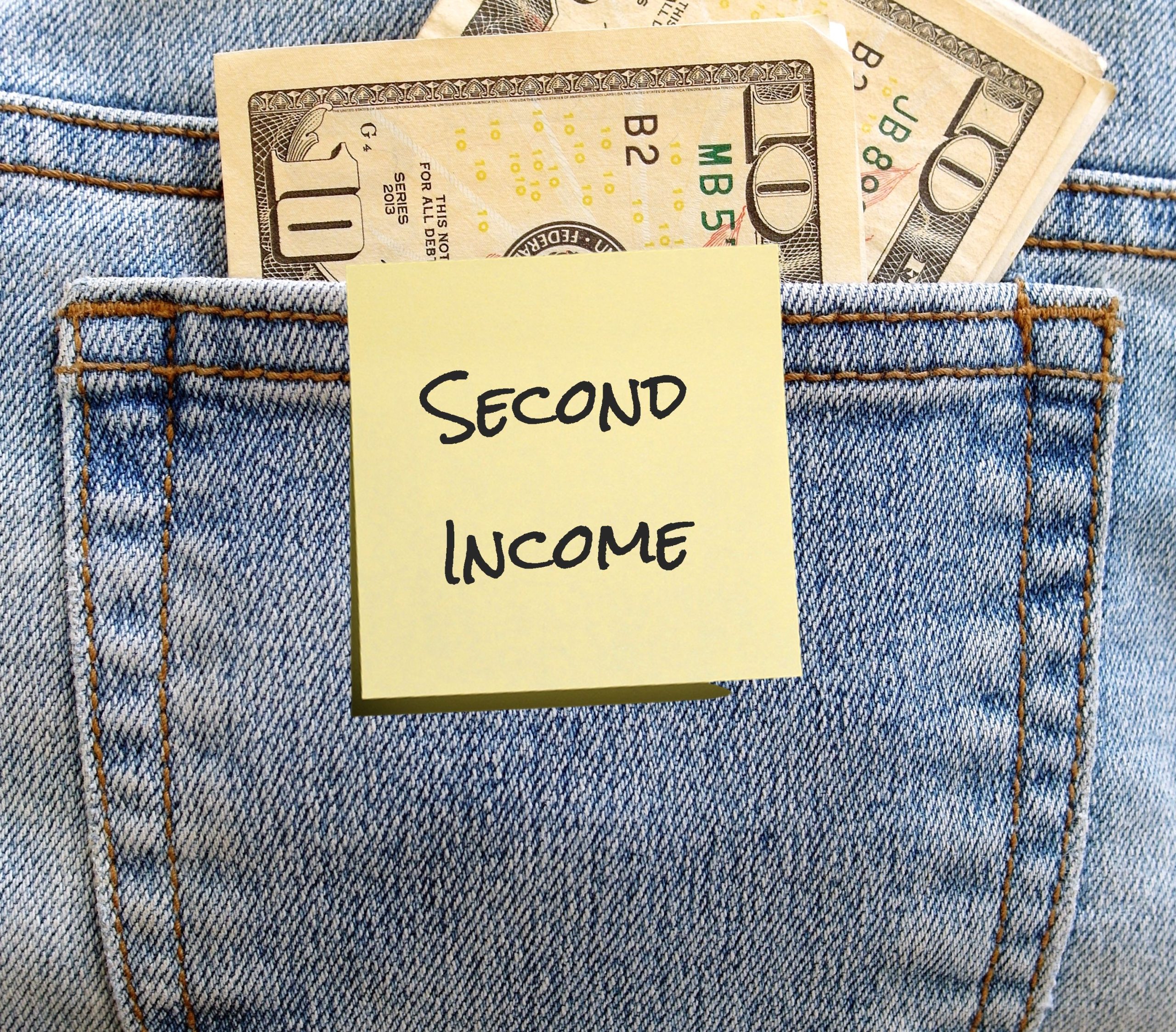Avoiding Taxes on Investment Income
Capital Gains are a great way to generate passive income, but they can also contribute significantly to your tax burden at the end of the year. You can use several techniques to help avoid paying taxes on investment income. These techniques include:
- Using a tax-advantaged account
- Tax-loss harvesting
- Donating to charity
- Selling with low income
This article explains ways to avoid paying taxes on investment income in further detail. However, before you can figure out how to avoid paying taxes on your investments, you need to know how they’re taxed in the first place.
How Do Capitals Gains Taxes Work?
A capital gain occurs when you make money by selling a stock for a higher price than you paid for it. These gains are subject to taxation by the government.
Taxes on Short-Term Capital Gains
The short-term capital gains rate applies if you own a stock for less than a year. Profits from the sale of short-term assets are taxed at the same rate as your other earnings.
You can anticipate paying the same tax rate on short-term stock sales as you do on your day job, as long as you don’t fall into a different tax category. On the IRS website, you may see the tax brackets for 2022.
Taxes on Long-Term Capital Gains
If you hold a stock for more than a year and sell it for a profit, you will receive a tax break. Profits from equities that fall into this category are usually taxed at 15%, but the amount varies depending on your income. Long-term capital gains brackets in 2022 include:
| Rate | Single | Married, filing jointly | Married, filing separately | Head of Household |
| 0% | $41,675 | $83,350 | $41,675 | $55,800 |
| 15% | $459,750 | $517,200 | $258,600 | $488,500 |
| 20% | $459,751 & up | $517,201 & up | $258,601 & up | $488,501 & up |
Source: IRS
You pay long-term capital gains taxes based on the bracket you fall in. For example, if you are a single tax filer and make $40,000 a year, you pay 0% on long-term capital gains. Therefore, you wouldn’t need to pay 15% on long-term capital until your make $41,676 or more.
Additional Taxes for High-Income Earners
High-income earners must pay an extra 3.8 percent net investment income tax (NIIT) on all stock profits. For high-income earners in 2022, the following thresholds apply:
| Filing Status | Income |
| Single | $200,000 |
| Married filing jointly | $250,000 |
| Married filing separately | $125,000 |
| Head of Household | $200,000 |
| Qualifying widower | $250,000 |
Source: IRS
The NIIT is charged regardless of whether the sale of an asset is a long-term or short-term gain.
How Are Dividends Taxed?
If you’ve ever purchased a stock, you’ve probably observed that you get paid monthly, quarterly, or annually. This payment is known as a dividend, a small fraction of the company’s earnings that is distributed to its shareholders.
Dividends, however, are also subject to taxation. As a result, you may owe taxes on dividend payouts even if you don’t sell shares in any given year. Dividend tax rates vary depending on how long you’ve owned a stock and how much money you make. There are two types of dividends:
- Qualified dividends – Stocks that have been held for at least 61 days out of a total of 121 days. These are subject to the long-term capital gains rate of taxation.
- Non-qualified dividends – any dividend that isn’t a qualified dividend. These are subject to the short-term capital gains rate of taxation.
Due to the IRS’s lengthy and comprehensive rules, determining whether a dividend is qualified can be challenging. The good news is that if you earn $10 or more in dividends, your brokerage is required to issue you a Form 1099-DIV. The Form-1099 DIV notifies you whether or not your dividends are qualified, eliminating any uncertainty.
Methods for Limiting Taxes on Capital Gains
Are you tired of hearing about the different ways you have to pay the government for your portfolio gains? We feel the same way! The good news is that there are several tactics you can utilize to prevent or reduce your stock gain taxes. Some of these include:
- Using a tax-advantaged account – You don’t have to pay taxes on income (or profits) until you take the money from a retirement account or a college savings account. Additionally, you don’t have to pay taxes on earnings at all in some accounts like a Roth IRA.
- Tax-loss harvesting – It’s a good idea to sell a different stock in your portfolio at a loss when you sell a stock for a profit. You can deduct some of the taxes you owe on the income from the successful stock by using the loss of funds from the unsuccessful stock.
- Donate to charity – Consider donating some stocks to charity if you’re so adept at investing that none of your stocks are losing money. Often, you can deduct the full market value of the stock at the time of the donation and avoid paying taxes on the profits.
- Sell when you have a low income – The income of most people varies from year to year. So if you didn’t make much money last year, now is the best time to sell. If your gains in 2022 are less than $41,675, you won’t have to pay taxes on them.
Even though we haven’t talked about all the ways you can limit the taxes you have to pay when you sell stocks, this is a great place to start figuring out how these strategies work for you.
Where to Learn More About Taxes on Stocks
Check our blog if you want to learn more about taxes on stocks or taxes in general. We put up new articles every week with tips on how to understand taxes and how to avoid them.
Contact us today if you want help with your personal tax situation. Our tax experts can help you with your own taxes for a small fraction of what you would pay an accountant.































0